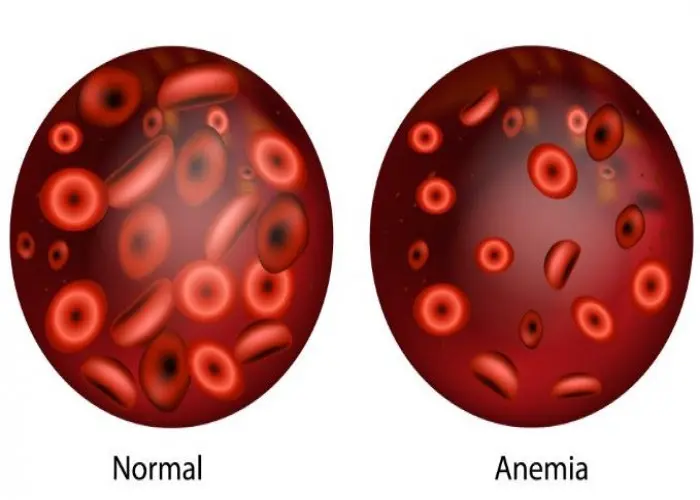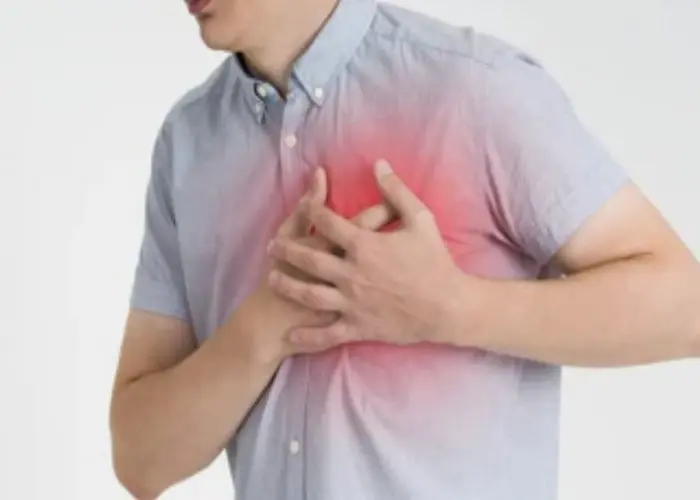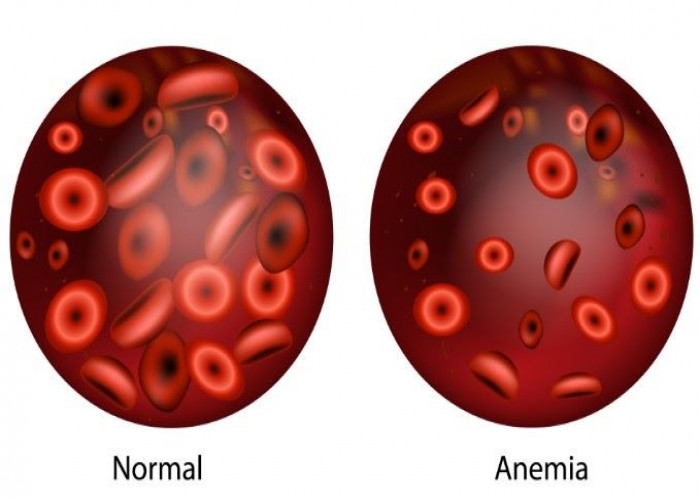 Welcome
Welcome
“May all be happy, may all be healed, may all be at peace and may no one ever suffer."
Iron deficiency anemia

Iron deficiency anemia is a common type of anemia that occurs when there is a lack of iron in the body, leading to a reduction in the number of red blood cells or hemoglobin. Hemoglobin is a protein found in red blood cells that carries oxygen from the lungs to the rest of the body. When there is not enough iron in the body to make hemoglobin, the body cannot produce enough red blood cells to transport oxygen effectively.
Iron deficiency anemia can be caused by a variety of factors, including inadequate intake of dietary iron, poor absorption of iron from food, blood loss (such as from heavy menstruation or gastrointestinal bleeding), or pregnancy and breastfeeding, which increase the body's demand for iron.
Symptoms of iron deficiency anemia may include fatigue, weakness, dizziness, headache, pale skin, shortness of breath, rapid heartbeat, and cold hands and feet. In severe cases, iron deficiency anemia can lead to heart problems, including an enlarged heart and heart failure.
Diagnosis of iron deficiency anemia may involve a blood test to measure the level of hemoglobin, iron, and other blood components. Treatment typically involves increasing the intake of iron-rich foods or taking iron supplements. In some cases, additional tests may be needed to determine the underlying cause of the anemia, such as a colonoscopy to evaluate for gastrointestinal bleeding.
Prevention of iron deficiency anemia involves consuming a healthy diet that includes iron-rich foods such as lean meats, poultry, fish, beans, lentils, and leafy green vegetables. Iron supplements may also be recommended for individuals who are at risk of iron deficiency anemia, such as pregnant women or individuals with chronic blood loss.
Overall, iron deficiency anemia is a treatable condition, and with proper treatment, most people with this type of anemia can fully recover and resume normal activities.
Research Papers
Disease Signs and Symptoms
- Fatigue (Tiredness)
- Abdominal pain, cramping or bloating that is related to passing a bowel movement
- Poor appetite, especially in infants and children with iron deficiency anemia
- Unusual cravings for non-nutritive substances, such as ice, dirt or starch
- Brittle nails
- Inflammation of tongue
- Cold hands and feet
- Dizziness, lightheadedness or faintness
- Dizziness (vertigo)
- Headaches
- Shortness of breath (dyspnea)
- Rapid heartbeat (tachycardia)
- Chest pain
- Pale skin color (pallor)
- Weakness
- Iron deficiency (Anemia)
Disease Causes
Disease Prevents
Disease Treatments
Disease Diagnoses
Disease Allopathic Generics
Disease Ayurvedic Generics
Disease Homeopathic Generics
Disease yoga
Iron deficiency anemia and Learn More about Diseases

Edema

Delirium

Chest pain

Nail fungus

Ear infection (middle ear)

Lazy eye (amblyopia)

Croup

Tetanus
iron deficiency anemia, লোহার অভাবজনিত রক্তাল্পতা
To be happy, beautiful, healthy, wealthy, hale and long-lived stay with DM3S.
